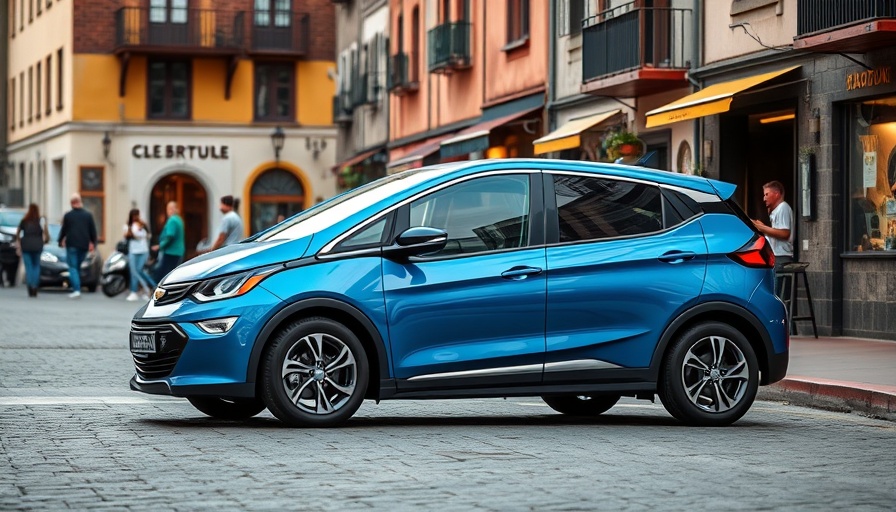
Toyota's Upcoming Sports Car: All Eyes on GR GT3
As the automotive world eagerly anticipates an announcement from Toyota this coming Monday, excitement is mounting around the potential reveal of the new GR GT3 race car. The teaser website has set expectations high, hinting at a retro homage to iconic models like the 2000GT and LFA. One can't help but speculate: could this be the dawn of a new era in Toyota sports cars?
The Significance of the GR GT3
Unveiled at the Tokyo Auto Salon in 2022, the GR GT3 has been conceived as a purpose-built racing machine reflecting Toyota’s ambitions in the FIA World Endurance Championship. Its development signifies a commitment to hybrid technology, with prototypes suggesting a hybrid V-8 powertrain. This aligns with the increasing market trend towards electrification in performance vehicles.
From Track to Road: The Lexus LFR
What adds further intrigue is the speculation surrounding the road-going version of the GR GT3, likely labeled the Lexus LFR. This vehicle is expected to serve as a successor to the legendary Lexus LFA, filled with high-performance specifications and the latest in automotive technology. Rumors suggest that the LFR will make its official debut alongside the racing variant at the Daytona 24 Hours in early 2026.
Is Toyota on the Right Track?
The excitement surrounding the upcoming announcements reflects a larger automotive trend of bridging the gap between track-focused performance and road usability, a concept increasingly embraced by manufacturers. As explored in recent discussions, both the GR and Lexus brands may offer different variants of the same platform, catering to enthusiasts and collectors alike.
Future Implications for the Automotive Market
The prospect of a new Lexus supercar underlines the industry's shift to integrate high-performance capabilities with hybrid technology. Given that consumer preferences are evolving alongside regulatory demands, the vehicle's success could resonate beyond just the brand, influencing broader trends within the auto industry.
As the world awaits more information, one thing is clear: Toyota's forthcoming announcements could set new standards not just for their brand, but potentially for the sports car segment as a whole. It's a pivotal moment for the automotive industry—and one we're eager to witness unfold.
 Add Row
Add Row  Add
Add 




Write A Comment